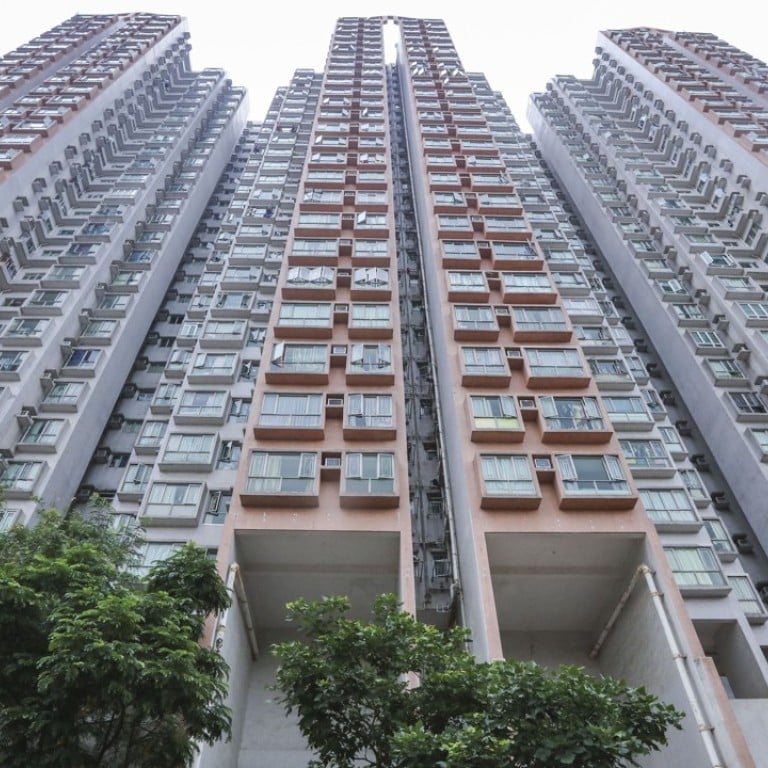
Badly lubricated brakes caused fatal Hong Kong lift accident, government finds
Officials say prosecutions could follow report into incident at Sheung Shui housing estate which killed 64-year old woman
A training instructor said the problems should have been easy to spot before disaster struck on May 11, and the Electrical and Mechanical Services Department said prosecutions could follow.
As the woman entered the lift that day on the seventh floor of Paris Court, on a private estate in Sheung Shui, the lift’s carriage doors closed, trapping her by the leg. The lift then ascended, dragging her upwards, before the woman fell to the bottom of the lift shaft, and the lift came to a stop at the 12th floor.
According to the investigation report released by the department, a series of mishaps led to the brakes being unable to stop the lift at the correct time.
After taking the faulty lift’s braking system apart, a government-hired expert found “dark, dried lubricant” on essential parts.
The metal parts, known as plungers, are placed inside a housing which also contains an electromagnetic coil.
Under normal circumstances, when the magnet pulls the plungers inward, they pull the brake pads from a brake drum, which is connected to the lift’s motor, allowing the lift to move normally.
But in the Sheung Shui case the expert found that the plungers had not been lubricated “for a long time”, causing the brakes to not pull away properly. Dried lubricant was found on the left plunger, while the right one was not lubricated at all.
Because of the jammed plungers, brake pads pressed on the brake drum constantly, even when the lift was moving.
As confirmed by an on-site simulation, the friction heated the pads’ linings to as much as 220 degrees Celsius, reducing the braking force of the system “significantly”, the report read.
The same test also showed plungers moving “sluggishly” after 30 minutes, before becoming stuck and causing unintended movement three hours into the trial.
Inspections also revealed that a stainless steel screw had protruded from the lining on the left brake pad, leaving scratch marks on the brake drum.
And the report said CCTV footage showed the lift climbing “unintentionally” four times on the morning of the accident, but no one was hurt and no one reported the mishaps.
The department said it would continue with its criminal probe.
“Prosecution or disciplinary actions against the registered lift contractor, registered lift engineers, registered lift workers concerned will be considered if non-compliance with the Lift and Escalator Ordinance is found,” it said.
At a glance, the maintenance work has not been carried out thoroughly
Vocational Training Council chief instructor Charles Wong Kai-hon said workers should have been able to spot the issues in the braking system during maintenance.
“At a glance, the maintenance work has not been carried out thoroughly,” Wong said, adding that contractors are required to take apart the braking system for cleaning and oiling at least once a year.
Democratic Party lawmaker Lam Cheuk-ting said the deceased’s family wanted the department to wrap up its criminal investigation as soon as possible to “give justice” to the victim.


